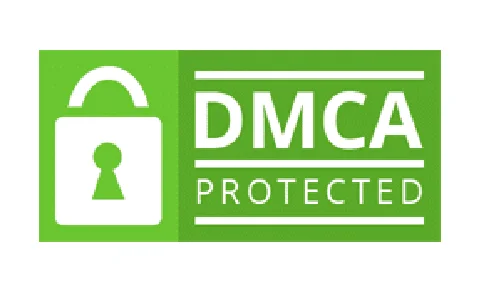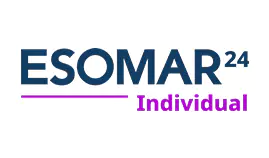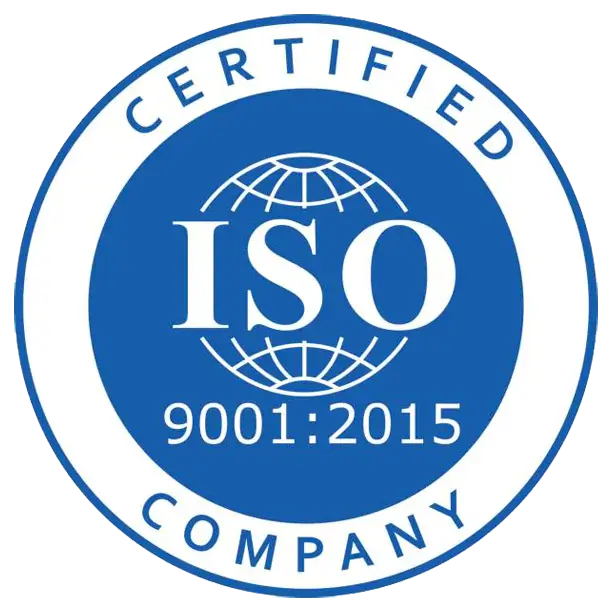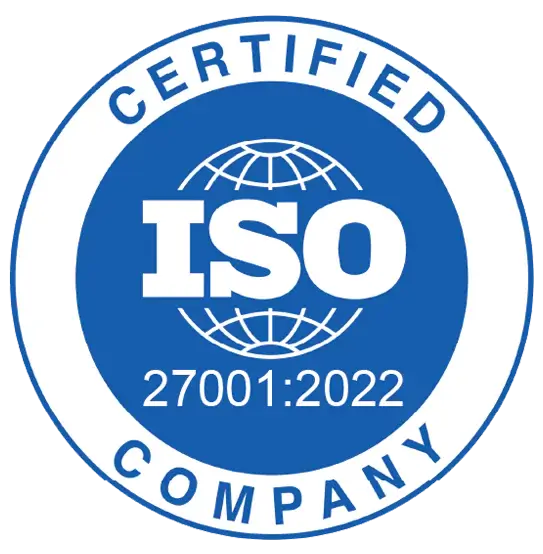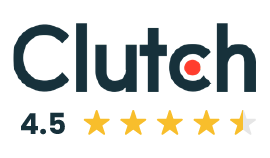
The hospital emergency department refers to the specialized division of a healthcare facility that provides immediate medical care to patients who require urgent attention. It offers a wide range of services, including triage, diagnosis, stabilization, and treatment for various acute conditions and injuries. The market dynamics that are expected to drive the growth of the U.S. hospital emergency department market include the increasing prevalence of chronic diseases, growing geriatric population, rising cases of accidents and injuries, advancements in healthcare infrastructure, and the growing demand for immediate medical care services. Furthermore, the market is also expected to be driven by factors such as the introduction of innovative technologies and treatment methods, increasing healthcare expenditure, and the development of efficient and cost-effective emergency care models. These drivers are anticipated to contribute to the growth of the U.S. hospital emergency department market in the forecast period.
The U.S. Hospital Emergency Department Market is estimated to be valued at US$ 158.2 Billion in 2022 and is expected to exhibit a CAGR of 5.5% between 2023 and 2030.
Prominent Companies in the U.S. Hospital Emergency Department Industry:
1) Parkland Health & Hospital System: Founded in 1894, Parkland Health & Hospital System is headquartered in Dallas, Texas. With over 9,000 employees, it is one of the largest public hospital systems in the country. The company operates in 21 countries and is known for its commitment to providing high-quality, patient-centered care.
SWOT Analysis:
Strength: Parkland Health & Hospital System has a strong reputation for providing comprehensive healthcare services, including emergency care, to a diverse patient population.
Weakness: The large size of the organization can sometimes lead to bureaucratic inefficiencies and slow decision-making processes.
Opportunity: The increasing demand for emergency care services presents an opportunity for Parkland Health & Hospital System to expand its reach and further improve the quality of care.
Threats: The competitive nature of the healthcare industry and potential changes in healthcare policies and regulations pose threats to the company's operations and financial stability.
2) ST. Joseph's Health: Founded in 1869, ST. Joseph's Health is based in Paterson, New Jersey. With a workforce of around 4,500 employees, it is committed to providing compassionate and innovative healthcare services. The company operates in 10 countries and is known for its specialization in emergency medicine.
SWOT Analysis:
Strength: ST. Joseph's Health has a strong focus on emergency medicine and is recognized for its expertise in providing specialized care in this field.
Weakness: Limited financial resources and budget constraints may impact the company's ability to invest in new technologies and facilities.
Opportunity: The increasing demand for emergency services in urban areas presents an opportunity for ST. Joseph's Health to expand its presence and serve a larger patient population.
Threats: The competitive landscape and potential changes in reimbursement policies pose threats to the company's financial sustainability and ability to deliver high-quality care.
3) Natchitoches Regional Medical Center: Founded in 1953, Natchitoches Regional Medical Center is located in Natchitoches, Louisiana. With approximately 750 employees, it is a community-based hospital that provides a wide range of healthcare services. The company operates in 1 country and is known for its commitment to serving the local population.
SWOT Analysis:
Strength: Natchitoches Regional Medical Center has strong community support and a dedicated workforce, which contributes to its ability to provide personalized care to patients.
Weakness: Limited access to specialized resources and expertise may impact the hospital's ability to provide certain advanced emergency medical services.
Opportunity: Collaborations with regional healthcare systems and providers present an opportunity for Natchitoches Regional Medical Center to enhance emergency care capabilities and expand its service offerings.
Threats: Changes in healthcare policies and funding constraints pose threats to the hospital's financial stability and ability to meet the evolving healthcare needs of the community.
4) Montefiore Medical Center: Founded in 1884, Montefiore Medical Center is based in the Bronx, New York. With over 10,000 employees, it is one of the largest healthcare systems in the state. The company operates in 5 countries and is known for its expertise in emergency medicine and trauma care.
SWOT Analysis:
Strength: Montefiore Medical Center has a strong reputation for providing world-class emergency and trauma care, supported by a team of highly skilled healthcare professionals.
Weakness: The large size and complexity of the organization may result in communication and coordination challenges, impacting the efficiency of emergency care delivery.
Opportunity: The growing demand for specialized emergency services presents an opportunity for Montefiore Medical Center to further enhance its reputation and attract more patients.
Threats: The competitive landscape, potential changes in healthcare policies, and financial constraints pose threats to the hospital's ability to maintain its high standard of care and financial stability.
5) Lakeland Regional Health: Founded in 1916, Lakeland Regional Health is headquartered in Lakeland, Florida. With around 5,000 employees, it is the largest healthcare provider in the region. The company operates in 3 countries and is known for its comprehensive range of emergency and trauma services.
SWOT Analysis:
Strength: Lakeland Regional Health has a strong regional presence and a reputation for providing high-quality emergency and trauma care.
Weakness: Limited access to specialized resources and expertise may impact the hospital's ability to provide certain advanced emergency medical services.
Opportunity: Collaborations with regional healthcare organizations and providers present an opportunity for Lakeland Regional Health to enhance emergency care capabilities and expand its service offerings.
Threats: Changes in healthcare policies, funding constraints, and increasing competition pose threats to the hospital's financial stability and ability to deliver high-quality care.
6) Cerner Corporation: Founded in 1979, Cerner Corporation is headquartered in Kansas City, Missouri, and has over 26,000 employees. The company is a global leader in healthcare technology solutions and services, operating in more than 30 countries. Cerner provides a comprehensive range of electronic health records (EHR) systems, population health management solutions, revenue cycle management, and clinical communication tools.
SWOT Analysis:
Strength: Cerner Corporation has a strong brand presence and a wide range of healthcare technology solutions, giving it a competitive advantage in the market.
Weakness: The company's products and services are highly dependent on technological advancements, which means Cerner needs to continuously innovate to stay ahead in the market.
Opportunity: With the increasing adoption of EHR systems and the need for efficient healthcare solutions, Cerner has the opportunity to expand its customer base and increase its market share.
Threats: Intense competition from other healthcare technology companies and regulatory challenges in different countries can pose a threat to Cerner's growth and profitability.
7) Epic Systems Corporation: Established in 1979, Epic Systems Corporation is headquartered in Verona, Wisconsin, and employs over 10,000 individuals. The company is a leading provider of electronic medical record (EMR) systems and clinical software solutions. Epic operates in several countries, including the United States.
SWOT Analysis:
Strength: Epic Systems Corporation has a reputation for offering robust EMR systems and clinical software solutions, making it a preferred choice for healthcare organizations.
Weakness: The company's products can be complex to implement and require significant training and customization, which may lead to longer implementation timelines and higher costs.
Opportunity: As the healthcare industry continues to digitize and seek more integrated solutions, Epic has the opportunity to expand its market share and offer additional services to its customers.
Threats: Increased competition in the EMR market, evolving healthcare regulations, and the potential for data breaches pose threats to Epic's business and reputation.
8) Allscripts Healthcare Solutions: Founded in 1982, Allscripts Healthcare Solutions is headquartered in Chicago, Illinois, and has approximately 10,000 employees. The company provides healthcare information technology solutions and services, including EHR systems, population health management tools, and revenue cycle management software. Allscripts operates in multiple countries, including the United States.
SWOT Analysis:
Strength: Allscripts Healthcare Solutions has a diverse portfolio of products and services, catering to various healthcare settings, making it adaptable to different customer needs.
Weakness: The company has faced challenges with product integration in the past, which can affect the seamless flow of information and interoperability of systems.
Opportunity: With the increasing adoption of value-based care and the need for interoperability, Allscripts has the opportunity to provide integrated solutions that assist healthcare providers in delivering efficient and coordinated care.
Threats: Intense competition from other healthcare IT companies, changing healthcare regulations, and security risks can pose threats to Allscripts' market position and customer trust.
9) Meditech: Meditech was founded in 1969 and is headquartered in Westwood, Massachusetts. It has over 5,500 employees and provides integrated healthcare information systems and solutions. The company operates in over 20 countries, including the United States.
SWOT Analysis:
Strength: Meditech has a long-standing presence in the healthcare IT industry and offers a comprehensive suite of integrated solutions, catering to the needs of various healthcare organizations.
Weakness: The company's user interface and software design have received criticism for being outdated and less intuitive compared to competitors' offerings.
Opportunity: As healthcare organizations strive for interoperability and streamlined operations, Meditech can leverage its experience and offer modernized solutions to attract new customers.
Threats: The rapidly evolving healthcare technology landscape and increasing cybersecurity threats pose challenges to Meditech's market position and customer retention.
10) NextGen Healthcare: Founded in 1974, NextGen Healthcare is headquartered in Irvine, California, and has over 2,800 employees. The company provides healthcare technology solutions, including EHR systems, practice management software, and revenue cycle management tools. NextGen Healthcare operates in multiple countries, primarily focusing on the United States market.
SWOT Analysis:
Strength: NextGen Healthcare has a solid presence in the ambulatory care market and offers a range of integrated solutions that cater to the needs of small to mid-sized healthcare practices.
Weakness: The company has faced challenges with product usability and customer support, which can affect user satisfaction and adoption rates.
Opportunity: With the increasing demand for value-based care and the need for interoperability, NextGen Healthcare has the opportunity to expand its customer base and offer more integrated solutions.
Threats: Intense competition in the healthcare IT market, changing government regulations, and the potential for data breaches pose threats to NextGen Healthcare's growth and profitability.



